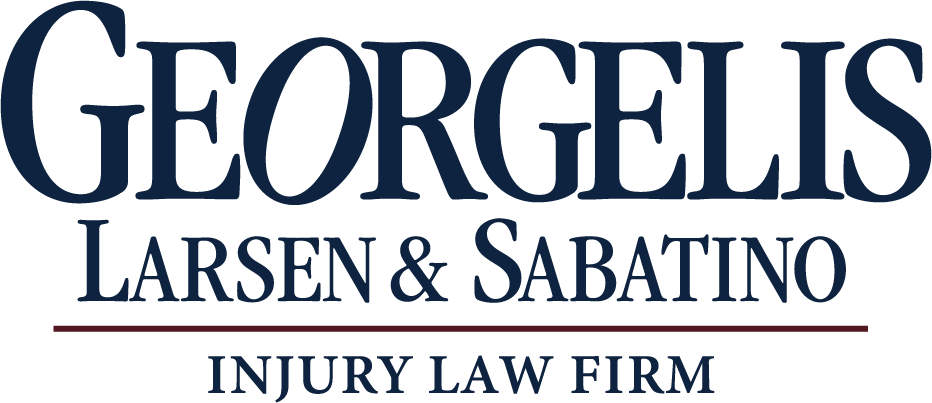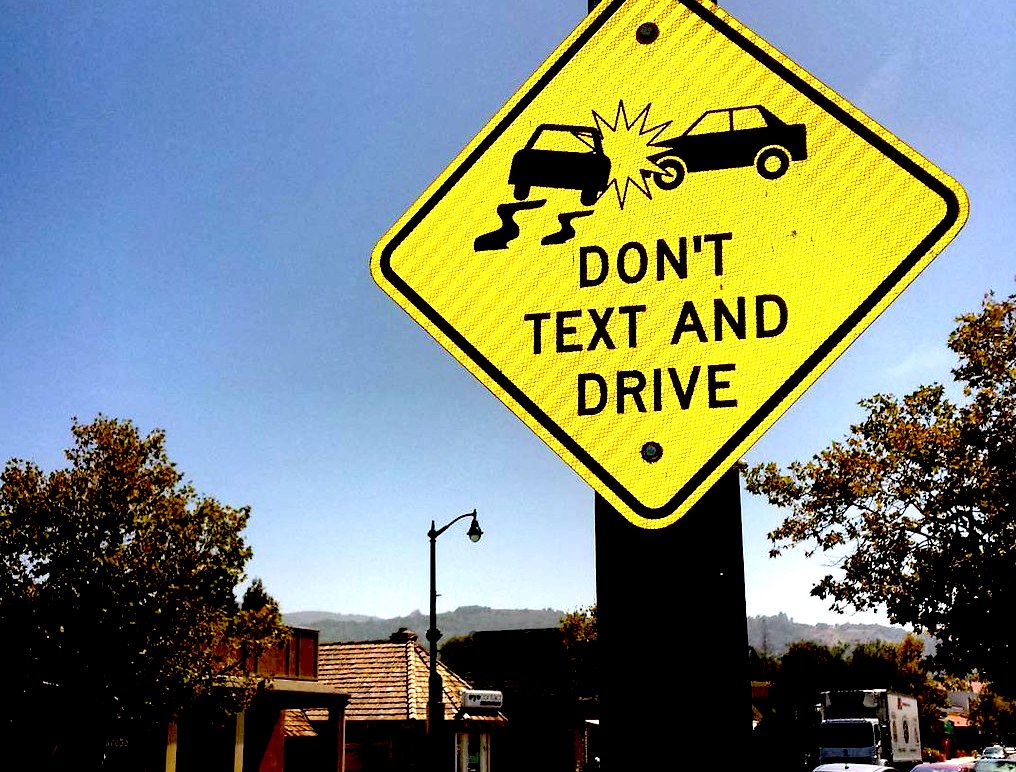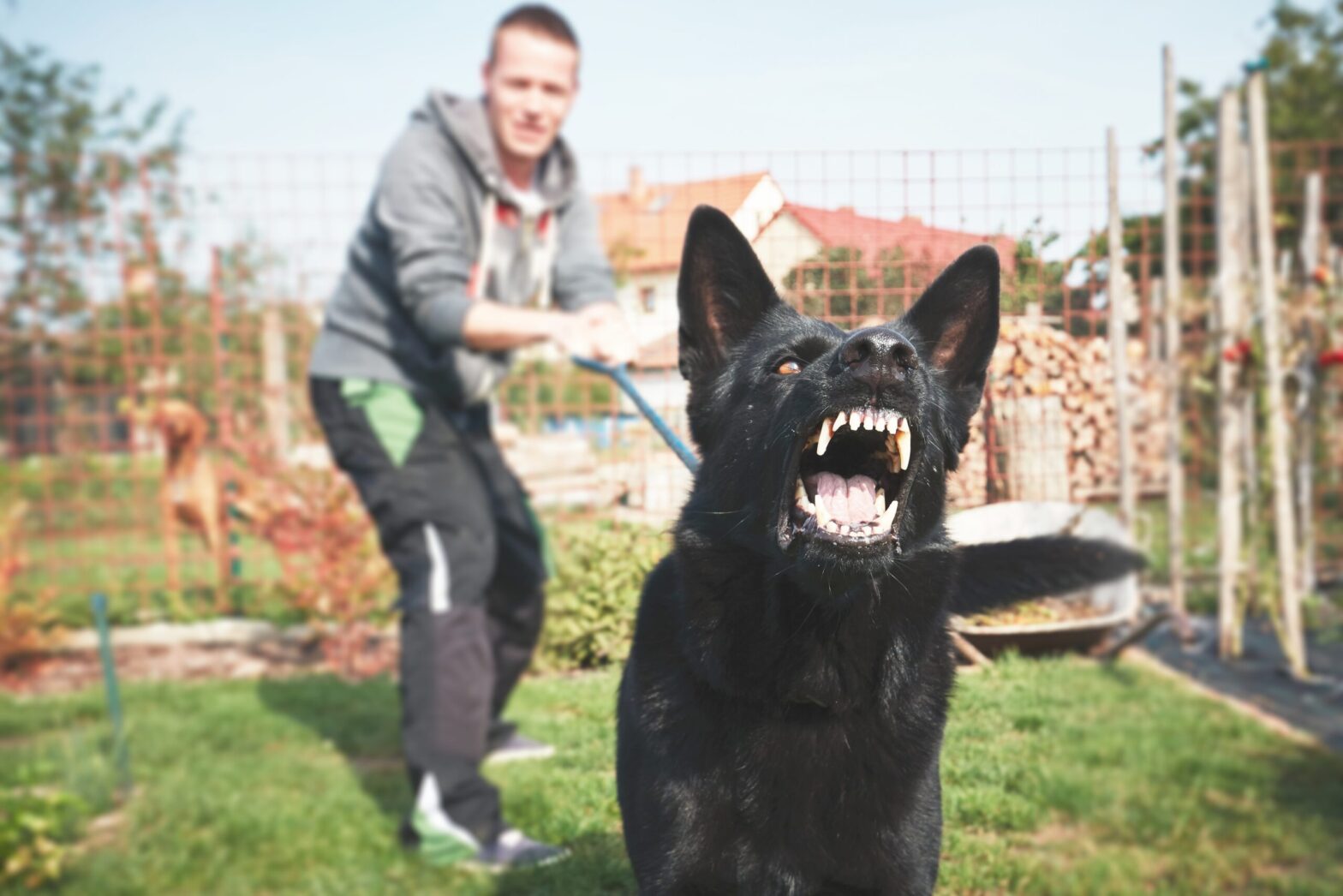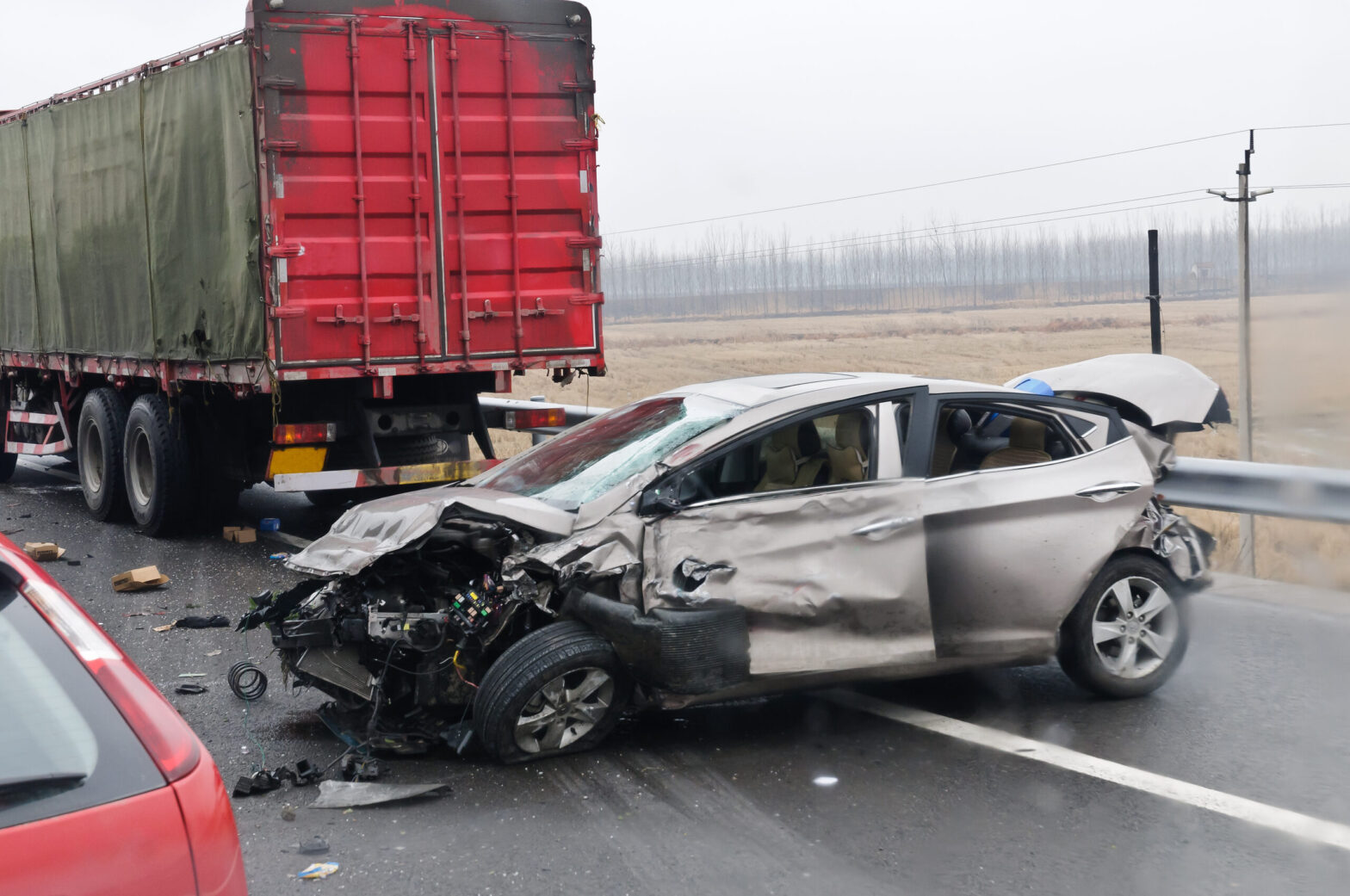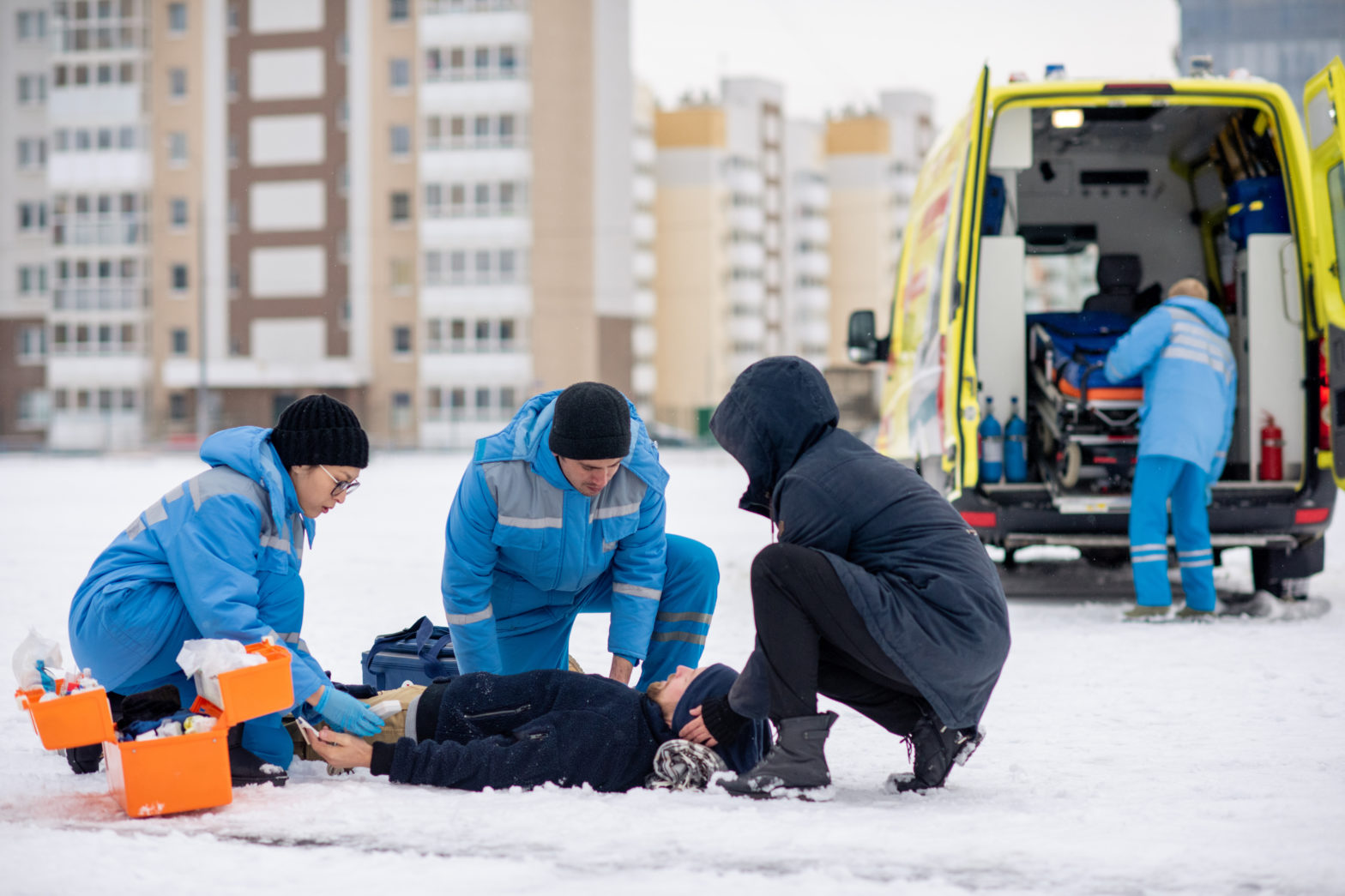
Pennsylvania winters mean snow, ice and freezing temperatures that can lead to workplace injuries. Cold weather workplace injuries range from slips and falls to hypothermia and frostbite. Our experienced personal injury and workers’ compensation attorneys know how quickly things can take a bad turn in cold weather.
The most recent data from the U.S. Bureau of Labor Statistics shows nearly 20,000 employees sustain injuries or contract illnesses due to snow, ice and freezing temperatures each year. When it comes to cold weather, many factors come into play when someone is injured on the job. One factor that is a constant, however, is when a worker has been injured on the job, they deserve compensation for medical bills, lost wages and any necessary rehabilitation. Let’s take a look at:
- Workers Most at Risk for Cold Weather Workplace Injuries
- Steps Employers Should Take to Protect Workers in Cold Conditions
- How Employees Can Protect Themselves in Frigid Weather
- What to do After Cold Weather Workplace Injuries
Workers Most at Risk for Cold Weather Workplace Injuries
There are several jobs that consistently bring with them a higher risk of being injured over the winter months. Some of those jobs include:
- Construction and Road Work
- Emergency Response (Police, Firefighters and EMTs)
- Airport Ground Control
- Trash Collection
- Postal Delivery
- Utility Work
- Military Work
- Factory Work
- Farming
- Trucking
- Warehouse and Cold Storage
Companies and other entities that employ workers in these fields have an obligation to protect their employees from the cold and other winter elements.
Steps Employers Should Take to Protect Workers in Cold Conditions
Prolonged exposure to freezing or cold temperatures can lead to serious health problems such as trench foot, frostbite and hypothermia. In some more severe cases, exposure can lead to death. Signs that a worker is in trouble include uncontrolled shivering, slurred speech, clumsy movements, fatigue and confused behavior.
If ever these symptoms are observed when workers are out in frigid temperatures, it is critical to call 9-1-1 for help. The Occupational Safety and Health Administration (OSHA) has put together recommendations for employers to help protect their employees in cold temperatures. Those recommendations include:
Training on cold stress hazards: Employers should provide training for employees to recognize the signs of hypothermia and frostbite, how to treat these conditions, how to safely shovel snow, how to clear ice and how to perform other outdoor duties. Training should also include information on how to best schedule breaks while performing these tasks.
Putting Safety Measures in Place: Employers should use salt or other forms of ice melt to reduce the risk of slip and fall injuries. Any tools used outdoors should be stored in a secure, dry place and trained professionals should remove any hazards like snow or ice prior to use.
Schedule Breaks in Warm Areas and Partner-Up: Employers should allow frequent breaks to warm up, and employees should always have a partner by their side who can recognize if something is going wrong.
Provide Warm, Protective Clothing: Warm, protective apparel should be provided to employees who are required to work outside for an extended period of time. Because frostbite and hypothermia pose a serious risk for workers exposed to subfreezing temperatures, it should be common procedure to have layers of protection for their feet, hands, ears, face and body.
The Occupational Safety and Health Administration (OSHA) has put together a Cold Stress Card, which provides a quick reference guide for symptoms to look out for, and recommendations to prevent cold weather related injuries on the job.
Print a copy of OSHA’s Cold Stress Card here.
How Employees Can Protect Themselves in Frigid Weather
While employers have a responsibility to protect their workers from freezing cold working conditions, employees should also take the following steps to ensure they are protecting themselves:
Eat and Drink Enough: When temperatures dip below freezing, carbohydrates keep the energy level up and provide the “fuel” needed to work. When a worker is bundled up, it can lead them to sweat, which can cause dehydration. So, drinking plenty of fluid is important as well.
Stay Dry: If a worker is sweating under layers of clothing, they should have back-up clothing on hand to stay dry and warm. Waterproof hats, gloves, mittens, boots and coats are also must-haves.
Take Breaks When Necessary: Taking several, spaced-out breaks throughout the day is essential in preventing conditions like frostbite and hypothermia.
Prepare Your Vehicle for Driving in Snow and Ice: When the job has a worker behind the wheel, they should give themselves plenty of time to get to their destination. They also should keep supplies such as jumper cables, blankets, emergency flares, flashlights and shovels on hand, in the event they become stranded alongside the road.
Avoid Heavy Lifting: Carrying excess weight compromises balance, and when ice or snow is involved, it can lead to devastating slip and fall injuries.
What to do After Cold Weather Workplace Injuries
When you’re injured on the job, no matter what your profession or cause, you’re likely dealing with a stack of confusing legal forms, insurance companies and an employer who is trying to get you back to work as soon as possible, even if it is not in the best interest of your long-term health. That’s where our experienced personal injury and workers’ compensation attorneys step in to help. It costs nothing to have your case reviewed.
If you’re hurt on the job, Call Georgelis First at 717-394-3004! Our attorneys have helped secure more than $112,000,000 for accident victims, and we can help you too. We’re available 24/7 and will come to you for a free consultation. We never collect a fee unless we get money for you. Contact us today and we’ll handle everything from there!
